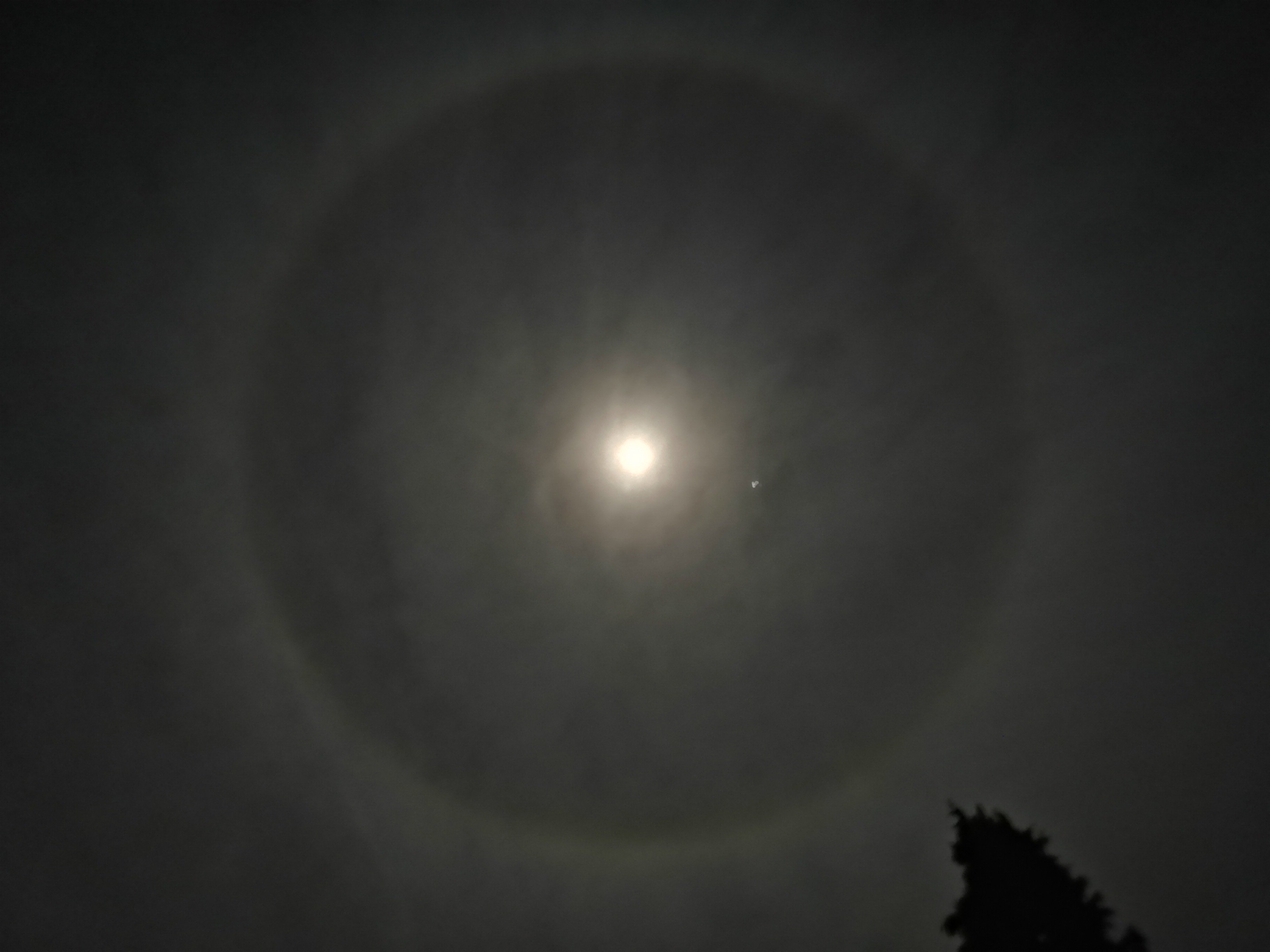this post was submitted on 25 Nov 2023
206 points (94.4% liked)
pics
19662 readers
1146 users here now
Rules:
1.. Please mark original photos with [OC] in the title if you're the photographer
2..Pictures containing a politician from any country or planet are prohibited, this is a community voted on rule.
3.. Image must be a photograph, no AI or digital art.
4.. No NSFW/Cosplay/Spam/Trolling images.
5.. Be civil. No racism or bigotry.
Photo of the Week Rule(s):
1.. On Fridays, the most upvoted original, marked [OC], photo posted between Friday and Thursday will be the next week's banner and featured photo.
2.. The weekly photos will be saved for an end of the year run off.
Instance-wide rules always apply. https://mastodon.world/about
founded 1 year ago
MODERATORS
you are viewing a single comment's thread
view the rest of the comments
view the rest of the comments


Ice crystals. The old-fashioned name for it is a corona, and according to folk wisdom, a corona of that size is usually a harbinger of cold weather coming.
This is the 22° halo. A Corona is an entirely different phenomenon caused by diffraction and interference of light around tiny water or ice particles, or other such particles of similar size. Halos on the other hand are formed by refraction. Here's another great resource about coronae (and pretty much every other atmospheric optical phenomenon out there).
You're correct about halo phenomena being caused by ice crystals. As such, they are most often observed when there's Cirrostratus in the sky, and that in turn is often the result of an incoming warm front. The Cirrostratus may start to thicken into Altostratus and Nimbostratus, so overcast and rainy would be the safest bet.
colder and wetter weather on the way, is what i was told
I wonder if it varies regionally?
Where I live, cold almost always comes with some degree of wet, whereas wet doesn't always come with cold because we get the tail end of tropical cyclones.
Thanks for sharing this. Here's one that I saw a while back